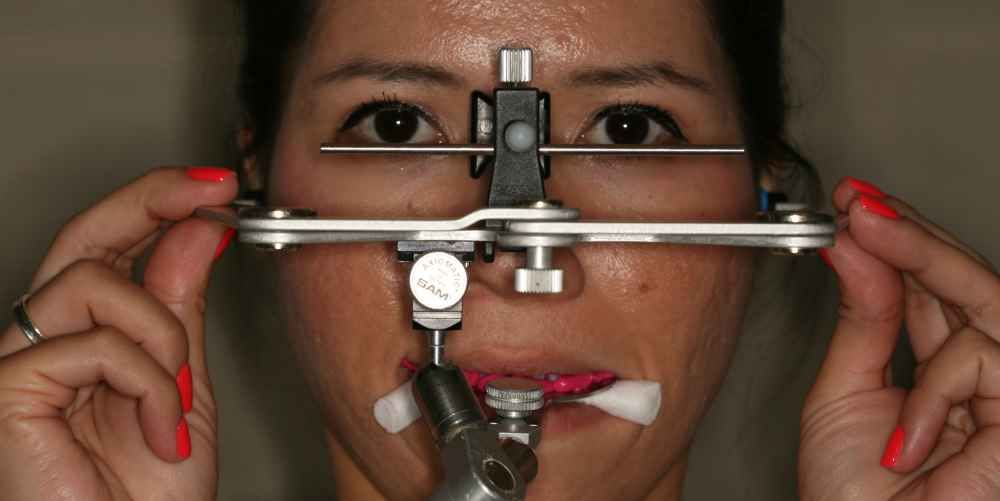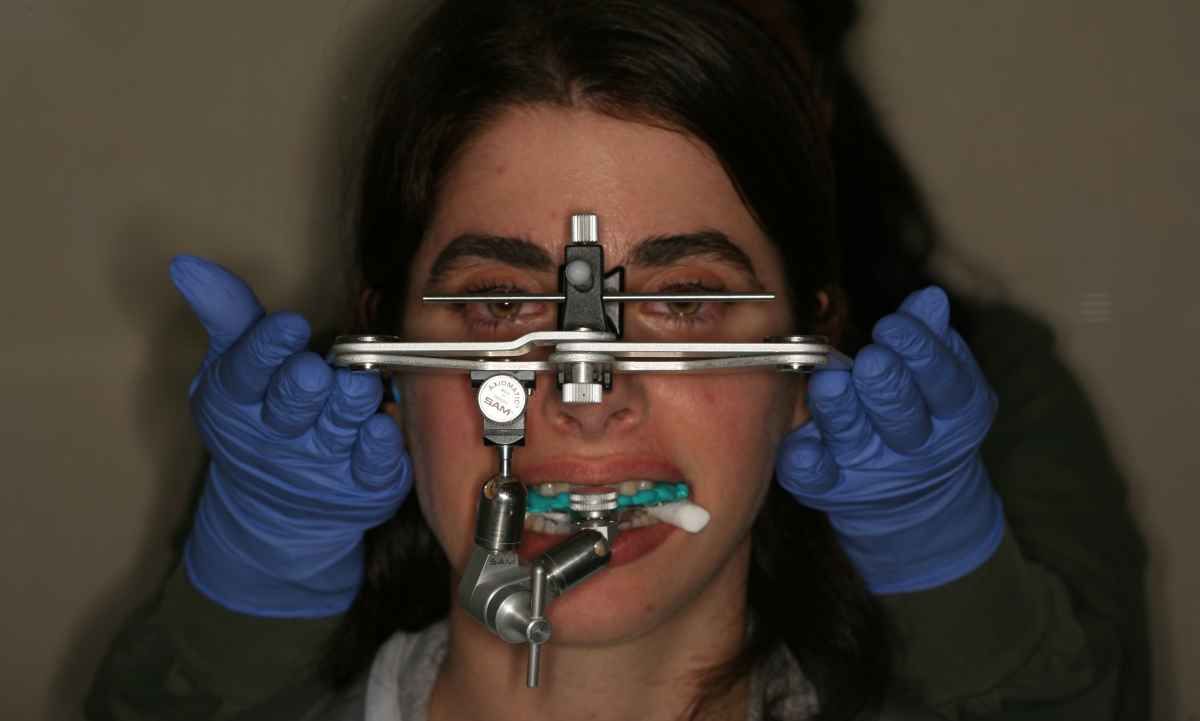
The Facebow – the most neglected instrument in dentistry? Or is it the articulator, the big brother of the facebow? Together, the articulator and facebow, along with a properly taken centric bite registration, are the cornerstones for sound comprehensive and complex dentistry. All of us are taught the basics of the facebow when we were in dental school, but why do so many of us stop using the articulator, and facebow, when we graduate and start private practice? In a future post, I’ll review my thoughts on when, and why, I use a semi-adjustable articulator, but for this blog, I want to review the use of facebows and earbows.
I think that maybe the problem with our dental education with facebows is that perhaps we were not taught (or if you were like me as a dental student – did not hear) the “why” of the facebow, instead, all of our learning was related to the “how”. The facebow, or earbow, is simply a way to position the upper cast, or a copy of the patient’s upper jaw, onto an articulator, with the TMJ’s and the horizon as a reference.

Why is this important? When restoring complex treatment, especially when dealing with anterior indirect restorations, it is critical that we set the midline of the restorations parallel to the patient’s face, and in an appropriate relationship to their TM joints. Without the use of a facebow, the patient models are arbitrarily mounted on some sort of articulator – the varieties include disposable plastic articulators, limited movement metal articulators or semi-adjustable articulators.
Regardless of the articulator that the case is fabricated on, if the upper model position does not resemble how the patient’s maxilla is positioned in their face, it is likely that the final restorations or prosthetics will have a cant to the incisal/ occlusal table and a midline angulation when brought to the mouth. It is also likely that there will be excessive adjustments to the occlusion to get the restorations or prosthesis to occlude properly. So even though the restorations or prosthesis look appropriate on the articulator, if the upper cast is mounted incorrectly, which is likely if the model is mounted arbitrarily, then the case will be a failure when brought to the patient’s mouth.
I’ve developed a couple of mini-courses for Dental Online Training that demonstrate the use of a traditional facebow, or earbow, from the Sam 3 articulator system. I also show you how to use the Kois Dento-facial Analyzer on a separate mini-tip, which is an ‘earless’ facebow system that can be used with many different semi-adjustable articulators. With these mini-courses I share some tips that I have learned along the way during my dental career that I think will make using a facebow easy for you to incorporate into your daily practice.
Watch Mini CoursesYours for better dentistry,



